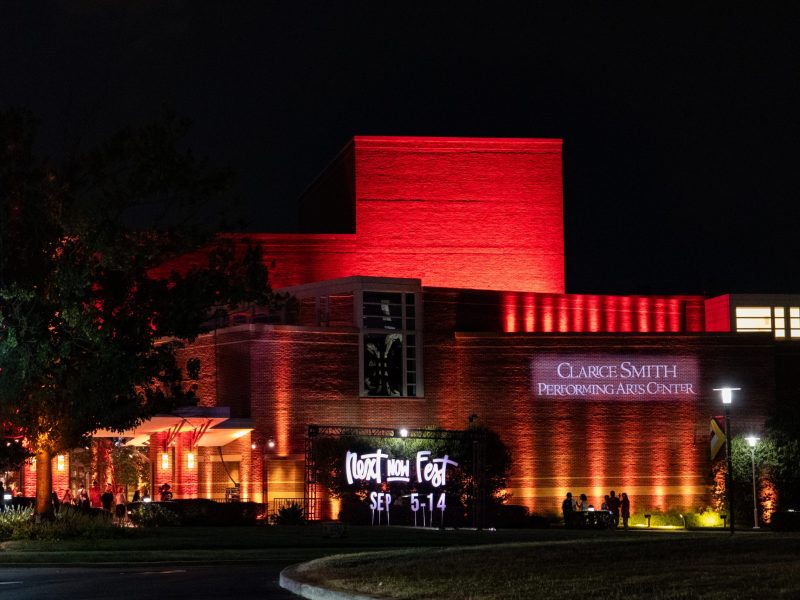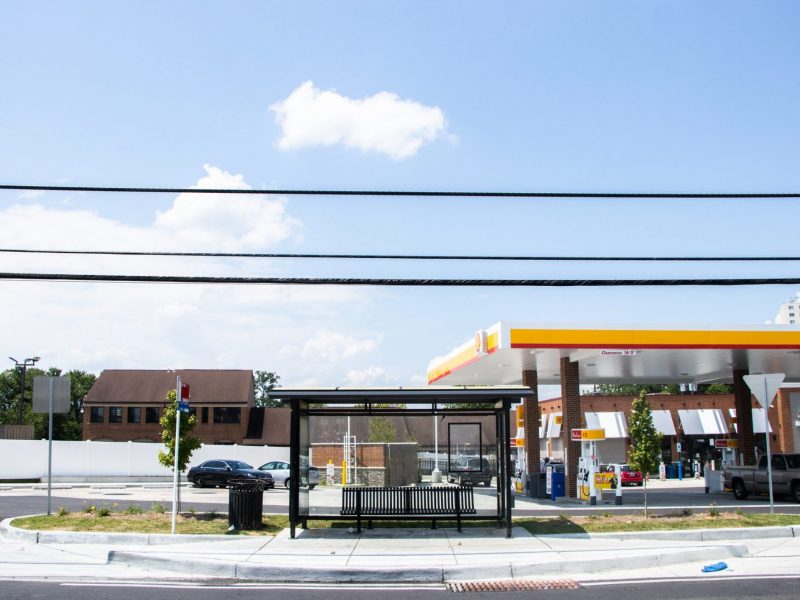The sounds of Latin music legends, such as Oscar D’León and Héctor Lavoe — alongside time-count shouts, laughter and the squeak of shoes — poured out of Stamp Student Union’s atrium as the Maryland Latin Dance club hosted one of its weekly classes.
The room was filled with returning students — as well as club first-timers — working together to master the base steps of salsa, a partner dance with roots in Cuba and Puerto Rico.
“We focus on showing off our heritage, our culture and just having a fun, open community to … other cultures and organizations as well,” said junior public health science major Nicole Presentado, one of the club’s leaders.
The music and rhythms of Puerto Rico are a defining piece of my culture I can connect with, as I don’t have the privilege of visiting the island often nor do I speak fluent Spanish. Learning about the lessons the club offers was beyond exciting, as it provided me not only an opportunity to learn more about one of my culture’s dances, but connect to a greater part of the University of Maryland Latino community.
[Review: Jeff Draco shines at 9:30 club with a 2000s west coast vibe]
The class welcomes all dance levels, and after not having danced in six years, that aspect was greatly appreciated.
The two-hour session was split between learning beginning and intermediate steps. We were then spread out across the room to master basic individual footwork with an instructor before moving into two circles.
The circles were split between the “follows” on the inside and the “leads” on the outside. Once situated, attendees alternated between multiple partners to practice the steps and add onto the sequence when instructed to.
After repeating and getting used to the movements, the dance became a fluid motion I was confident I could master. These steps included a front step into a spin and, if my partner and I felt daring in the moment, an attempt at the side arch spin.
“We hope that they’re able to meet new people that love to not only dance but learn about the Latin community and also make them feel more confident and comfortable with themselves,” Presentado said.
“A lot of people here . . . aren’t Hispanic, or even people who are Hispanic and trying to reconnect, so it’s an easy way to move around and talk to a lot of people,” freshman architecture and art history major Carolina Benavides said.
[Review: ‘Your Place or Mine’ tells a story we’ve seen too many times]
Srihan Pamujula, a sophomore computer science and mathematics major, has attended multiple classes. He initially tagged along with his friend, but grew as excited about working on his dance knowledge.
“It’s really interesting because you meet a lot of people from different cultures,” he said. “[Salsa is] a good place to start with dancing because it’s such a popular dancing genre.”
The class became a social event that invited attendees to meet others and be introduced to various cultures, majors and years while dancing along the way — some having serious dance backgrounds and others still trying to differentiate their left foot from their right. All of it combined to create a fun environment and a safe space to learn new skills.
Even in the couple of minutes I spoke with different dance partners, I got to learn about their heritage, majors and past — if any — dance experience.
“I’m going to Costa Rica this summer . . . and dance and enjoy myself, so I want to get better,” Benavides continued. “It’s a social thing, it’s lovely.”



